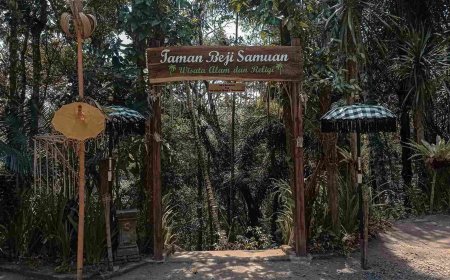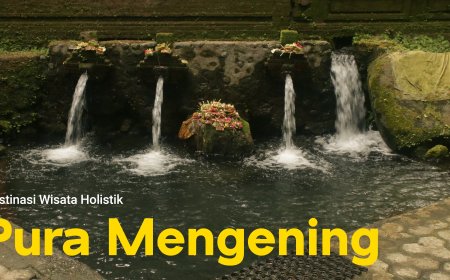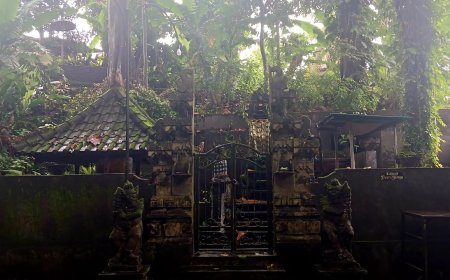The Magnificent Architecture of Beji Sangsit Temple: Preserving Bali's Cultural Beauty
The architecture of Beji Sangsit Temple is an extraordinary example of traditional Balinese carving and sculpture. The temple features a "candi bentar," a distinctive Balinese entrance gate, leading into a complex consisting of several parts, including the "jaba tengah" and "jeroan." Thus, it creates a work of architectural art that must be continuously preserved for its beauty.
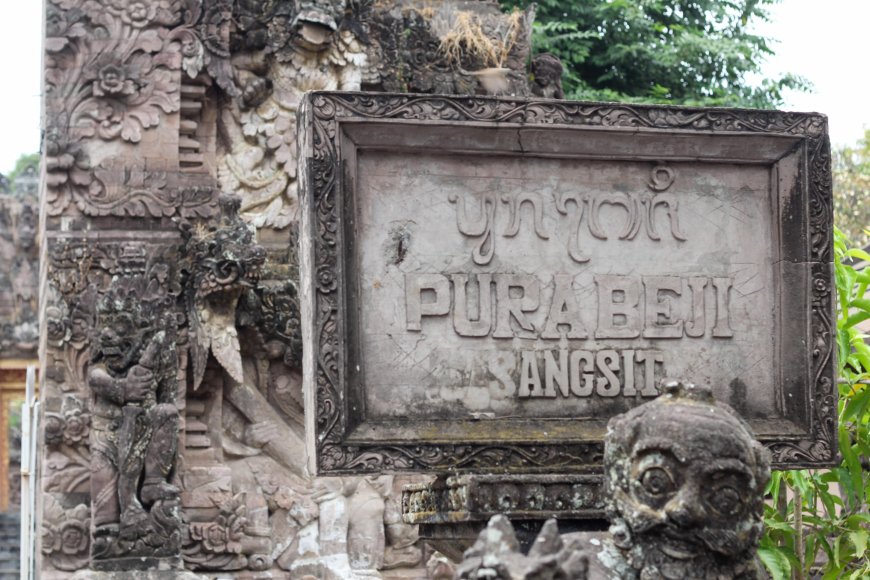
Bali, with its mesmerizing natural beauty, has become the top destination for tourists from around the world. However, Bali is also rich in priceless cultural heritage, including its extraordinary traditional Balinese architecture. Beji Sangsit Temple is one of the finest examples of Bali's magnificent architecture, preserving its cultural beauty for centuries.
Beji Sangsit Temple is located in the village of Sangsit, Buleleng, North Bali. It is one of the most significant temples in this region and boasts a rich history. Established in the 15th century, Beji Sangsit Temple was originally built as a place of worship for water deities, particularly those believed to control the water sources in the area. It also served as a place for self-purification ceremonies before participating in Hindu religious rituals.
One fascinating aspect of Beji Sangsit Temple is its awe-inspiring architectural structure. The architecture of Beji Sangsit Temple beautifully portrays the richness of Balinese culture and religion. The main structure of the temple is the "candi bentar," a tall entrance gate with two doors, which is a distinctive feature of Balinese temple architecture. The candi bentar serves as the gateway to the main temple, known as the "jaba pisan," and from there, it leads to the "jaba tengah" and "jeroan." Each of these sections has its own purpose and significance in Hindu rituals, and all are built with intricate details.
The tiered terraces depict the structure of the universe in the Hindu belief system. There are nine terraced levels representing nine levels of the universe, with the highest level housing the most sacred shrine dedicated to Lord Vishnu, who is believed to be the preserver of the universe.
The Architecture of Beji Sangsit Temple
Beji Sangsit Temple's architecture stands out prominently when compared to other temples in Bali. In terms of architectural design, this temple showcases Bali's original style, renowned for its unique wood carving and stone carving. The intricate carvings in the form of trees and flowers adorning the temple walls create a unique and captivating atmosphere, evoking a sense of ancient times when visitors come to admire its beauty.
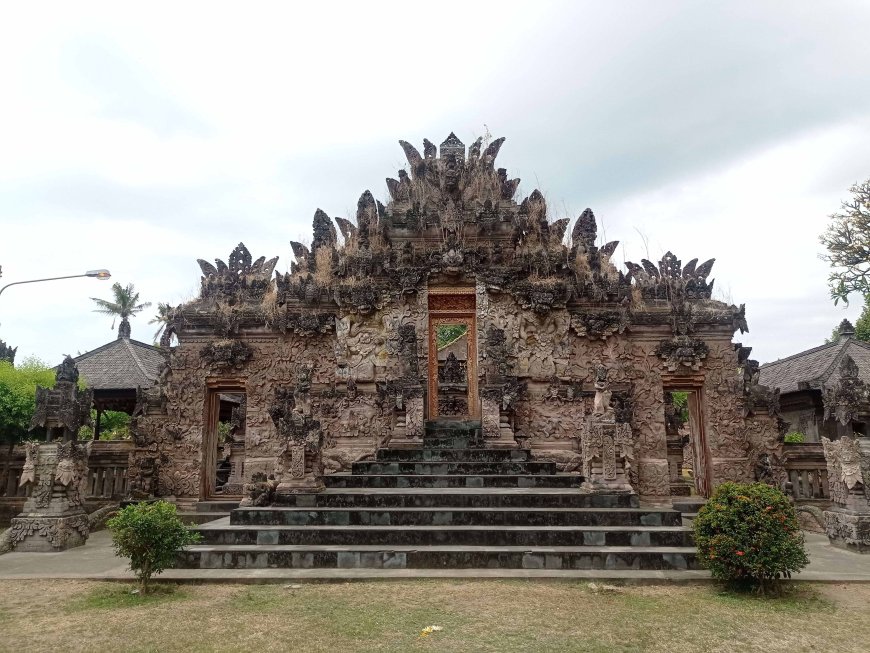
The Gate Building (Source Photo: Editorial Collection)
Moreover, a strong spiritual atmosphere permeates Beji Sangsit Temple, making it a primary attraction for tourists. The temple is well-structured, with many sacred buildings adorned with traditional ornaments in the style of Buleleng carvings.
The environment around Beji Temple has evolved into subak for the Pakraman Sangsit village, where Dewi Sri is specially revered as the Goddess associated with the fertility of the land. Dewi Sri is believed to bless agriculture, creating bountiful rice and grain harvests as staple foods, and bestowing prosperity.
This influence is clearly visible in the variety of ornate wood carvings that decorate the sacred buildings in Beji Temple. Many beautiful motifs of flowers and creeping plants adorn various main sections of the temple, including the candi bentar, several palinggih (shrines), kori agung, and all the worship buildings. These carvings bear the hallmark of Buleleng-style carvings characterized by wide, shallow, yet sharp impressions.
The intricate statues and carvings in Beji Sangsit Temple hold deep meanings. They depict myths and legends in Balinese Hinduism, as well as symbols representing life, death, and the cycle of reincarnation. These carvings and statues are not only aesthetically beautiful but also carry great spiritual significance for the Balinese Hindu community.
Beji Sangsit Temple stands out with its beautiful wood and stone carvings that adorn every corner. Doors, windows, and even pillars are intricately carved with motifs and symbols from the Hindu religion. Beautifully carved stone shrines add an extraordinary artistic touch to this temple.
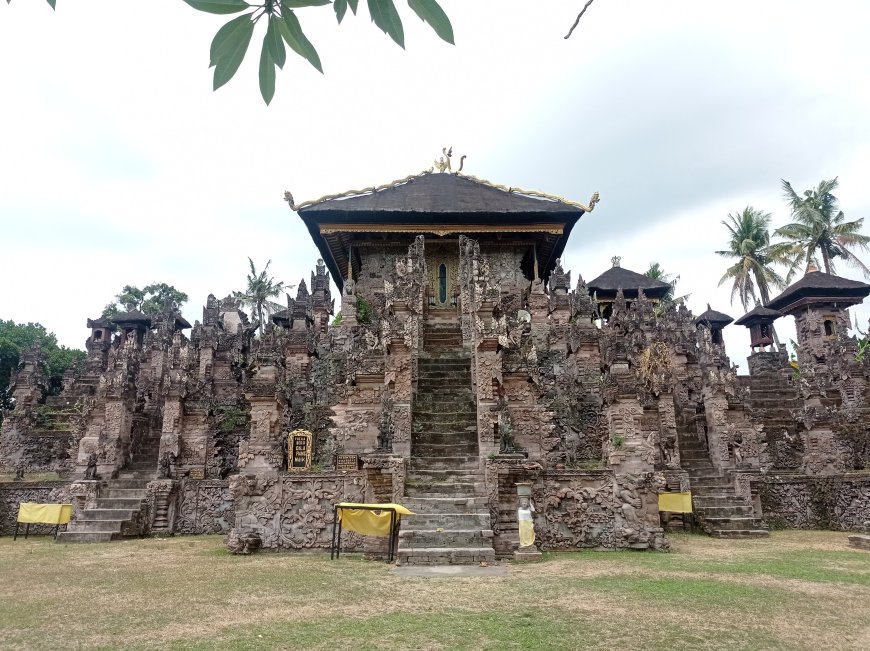
Main Temple (Source Photo: Editorial Collection)
The bright colors used in the paintings and decorations in Beji Sangsit Temple create a magical and serene atmosphere. In Balinese culture, these colors hold deep symbolic meanings, and each color plays a significant role in religious ceremonies and the daily life of the Balinese people.
The presence of Beji Temple's architecture holds its unique significance, serving as a symbol and means of communication among the local community in their relationship with Ida Sang Hyang Widhi Wasa, or the Supreme God. Through the implied messages contained in its carvings, the architecture of Beji Sangsit Temple serves as a place for spiritual activities closely tied to tradition and culture, providing clarity about identity and heritage.
Beji Sangsit Temple is an exceptional example of the importance of preserving cultural heritage. Over time, many temples and other cultural structures in Bali have suffered damage due to natural and human factors. However, Beji Sangsit Temple has been exceptionally well-preserved, setting an example for the preservation efforts of Bali's rich cultural heritage.
The maintenance of Beji Sangsit Temple involves regular care, repairs, and restoration to ensure that these valuable buildings and artifacts remain sustainable. These efforts involve not only the local community but also authorities, cultural organizations, and heritage conservationists.
For tourists visiting Bali, Beji Sangsit Temple is a must-visit destination. Each visitor is charged an entrance fee of 10,000 rupiahs, which includes the rental of a traditional Balinese kamen or sarong for entry. This temple is not only a place of worship but also a fascinating cultural site that provides a deep experience of Bali's history and culture.
When visiting Beji Sangsit Temple, it's important to respect the norms and etiquette in place. Visitors are generally expected to dress modestly and show humility while inside the temple. Additionally, speaking softly and respecting any ongoing ceremonies or rituals is crucial.
In appreciating the beauty of the magnificent architecture of Beji Sangsit Temple and Bali's culture as a whole, we can also understand the importance of preserving our own cultural heritage. This heritage is an invaluable treasure that offers a unique insight into the history, traditions, and values passed down from generation to generation. Beji Sangsit Temple is an extraordinary example of how cultural beauty can be preserved and cherished for eternity.

















































